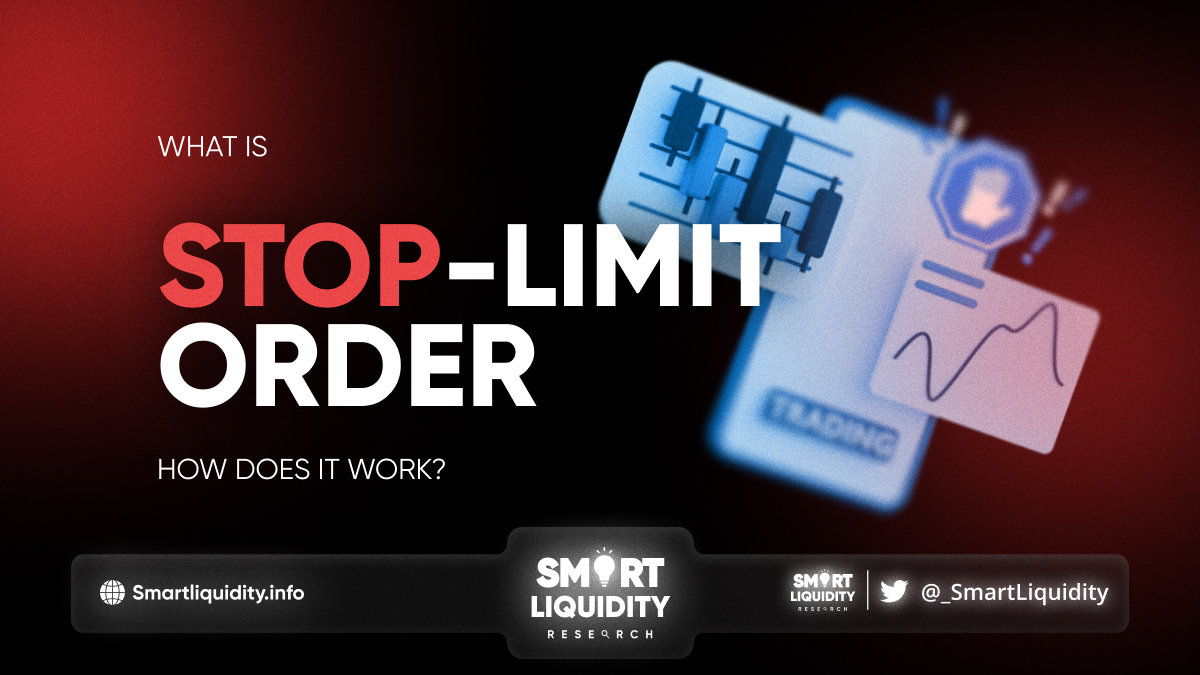What is Stop-Limit order And How Does It Work?


Traders can restrict their exposure to loss by setting a maximum or minimum price for a stock using the stop-limit order. For example, a trader establishes a limit price and a stop price, at which point the trader will either buy or sell the stock.
What Is Stop-Limit order?
Stop-limit orders are risk management that combines the benefits of a stop order with that of a limit order to execute a trade under certain conditions for a specified period. It’s connected to stop-on-quote orders and limit orders (to trade a certain amount of stocks at a specific price or better).
Stop-limit orders give traders more agency by setting individual limits on the highest and lowest possible prices. A limit order is executed when the stock price attains the stop price, telling the broker-dealer to sell or buy the stock at the limit price. The investor’s willingness to take a loss is critical in setting a loss limit.
How Do Stop-Limit Orders Work?
Any stop-limit orders placed by traders are published to the market and recorded in an order book. It will stay in effect until the order is executed, revoked, or terminated. When placing the stop-limit order, investors must state the time frame during which the order will be in effect for the present or future markets.
For example, if an investor sets the order’s validity time to one day and triggers after the trading day’s conclusion, the order will expire. However, if the order is placed to “good til canceled” (GTC), the trader’s instructions will continue to be honored during subsequent trading sessions until they are triggered or canceled.
Stop-limit orders typically only take effect during the 9:30 a.m. to 3:00 p.m. EST trading period. To 4:00 p.m. EST. It implies that stop-limit orders would not be executed outside the regular trading session, such as on market holidays, weekends, or when trading is suspended for maintenance.
The stop-limit order allows the trader to specify an exact time the order will be executed.
As with all limit orders, the deal can only go through if the stock or asset attains the stop price within the time limit. When a pre-set stop price is reached, the stop-limit order is carried out at the next better price. When a stop price is reached, stop-limit orders automatically change into limit orders to sell or buy at the limit price or better. Almost every online broker will meet this kind of request.
Uses Of Stop-Limit Orders
Stop-limit orders allow traders to place buy or sell orders when the price of any asset hits a predetermined level, even if they are not continuously watching the market. A purchase order is automatically executed once the target price is reached. Traders typically set one of two types of stop-limit orders:
🔸Buy Stop Limit
If the price of a stock reaches a predetermined threshold, the buyer can place a “buy stop-limit” order so as to acquire shares at that point. Once a limited price per share is established, it helps traders maintain control over stock purchases below that threshold. Once a trader decides the most they are ready to pay for a share of stock, they can set a stop price and a limit price.
The stop and limit prices are above the current stock price, but the limit price is still the most significant amount an investor is willing to pay for a single share.
John can set a stop loss at $55 if he anticipates a rise in the value of ABC Limited shares from their current $50 per share. When the price exceeds $55, the order becomes a market order and is filled immediately. If the limit order is $60, the order will be completed if the price reaches $55, but if the price goes over $60, the order gets canceled.
🔸Sell Stop Limit
As the name implies, a sell-stop limit is a conditioned order for a trader to sell the stock at a predetermined price (the stop price). For every sell stop price, there are two associated prices: the stop price and the limit price. While the price limit is the lowest price a trader is ready to accept, the stop price is the price at which the order to trade triggers.
With a sell-stop order, the trader specifies a price per share below which the market maker or broker must sell the stock. For example, if an inventory is now trading at $60 per share, a trader may place a limit order at $53 and a stop price at $55. The order will be triggered if the price drops to $55 but not $53. Your order will be canceled if your total is less than $53.
Risks of Stop-Limit Order
Even though the stop-limit order might prevent significant losses and ensure a trade at a predetermined price, it does not come without its share of potential complications. Possibilities include the following:
⛔️No Execution
Stop-limit orders are risky since the market may never reach the specified limit price. When other orders are in line that require all available stocks at the current price, even if the limit order is achieved for a brief while, it may still need to be completed.
⛔️Partial Fills
When only some shares in a stock order are traded, this is called a “partial fill,” leaving the rest of the order unfilled. As a result, trading commissions are a significant portion of a trader’s earnings, increasing when an order is split up and executed on different trading days.
Conclusion
An order with a specified limit price. The order will be executed when the deal can be completed at the limit price or at a price deemed more beneficial than the limit price. The order will be canceled if the market price moves away from the limit price due to trading activity.




